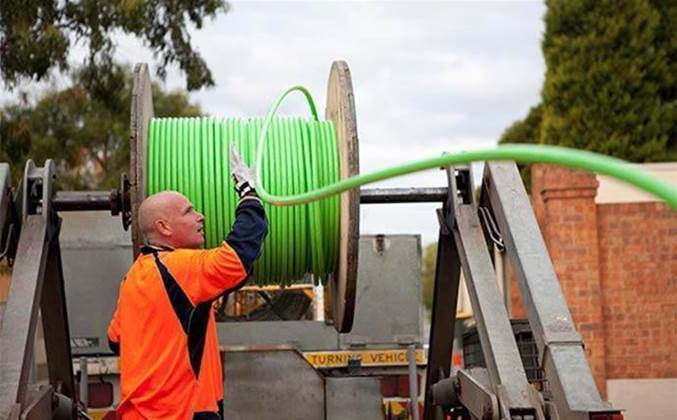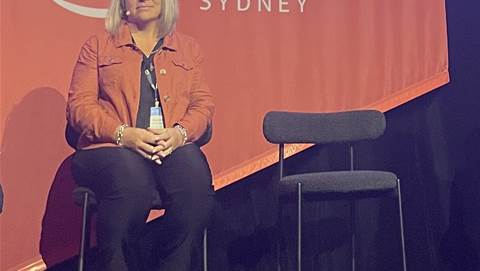A row over the cost of individual fibre-to-the-premises connections has intensified sharply after NBN Co claimed that it was “not possible” or would breach commercial contracts to show the ten cheapest jobs.

The stoush started in October last year when the company published a list of the 10 most expensive activation costs for an FTTP connection in each state and territory.
The list of 70 high-cost activations included detailed explanations of why the cost was so much higher than average, and was widely reported as evidence that continuing with FTTP would have been a mistake.
Since then, NBN Co has resisted pressure from Labor senators and others to similarly disclose the 10 cheapest FTTP connections in each state and territory.
In February, NBN Co relied on an incorrectly used piece of terminology in a written question to avoid providing the cheapest figures.
It has also previously refused to disclose how it was able to calculate costs down to an individual premises level, and whether it apportions costs in this way across the rest of the footprint.
That is now a bit clearer, with NBN Co suggesting this week that the high cost FTTP connections on last year’s list are likely ones where additional work was required - and therefore costs were tracked separately.
NBN Co said that, as with other parts of the fixed line network, most FTTP connections are made in the initial “bulk drop” - “where construction technicians run the lead-in cable and install the premises connection device (PCD) to most of the premises in a rollout area.”
“Because of the bulk nature of this process, it is not possible to separate out the costs for individual premises,” NBN Co said.
However, it noted that premises that require “excessive work or are particularly complex, such as when a very long lead-in cable is required” were skipped and left until later.
“These premises will not have their lead-in and PCD installed during the construction phase,” NBN Co said.
“Instead, once the network is switched on and they order a service via their retail service provider, technicians will attend to complete the work necessary to connect them.
“Because this work is specific to the single premises, it is possible to separate out these costs.”
Apart from being impossible to break out the cost of the cheapest FTTP connections, NBN Co also suggested that disclosing the cheapest connections could betray commercial in confidence arrangements.
“For premises where the lead-in was completed during the bulk drop, technicians only need to complete the internal premises cable and network termination device installation once they order a service,” the company said.
“This is covered under a standard installation, and to reveal these costs would expose the details of confidential contracts with NBN Co’s delivery partners.”
Slightly confusingly, while arguing it is “not possible” to apportion costs for cheap connections, nor is it in NBN Co’s commercial interests, the company also said it is is “unable to answer this question without a significant and unreasonable diversion of resources.”
Though on the surface that might appear to suggest an apportionment is possible, the line is oft-repeated in senate estimates answers to avoid onerous questions, meaning it is difficult to read much into its appearance here.
At the recent budget estimates hearings, NBN Co CEO Bill Morrow said the initial 70 most expensive FTTP premises dataset was put together and released to counter a prevailing view in parts of the market that the network builder should have stuck it out with full fibre, rather than move to a multi-technology mix.
“The economic model we have can be harmed by the reputation of the company, by the brand trust that people have in the company,” Morrow said.
“When people are saying, 'This is outrageous. You're too expensive. There's no way your fibre to the premises could have been that high', we had a credibility issue.
“People were slamming their fists on the table, saying, 'I can't believe that fibre to the premises would be that expensive', and we responded by doing a little bit of analysis and making that public, 'Here's part of the reason why'.
“It did settle some of the issues.”
Morrow suggested there was not the same pressure on the company to disclose the cheapest FTTP connections, and therefore it wouldn’t do so.
However, he placated the Labor senators by committing to “look at how much effort is required within it. If it is not much effort, if it is easy to do, we will provide that; if it is not easy, then I'm sorry.”






















